If you have a smartphone, you’ll probably have screenshots in it as well. You command Google to back up your camera pictures, but they just ignore you and back up many other irrelevant pictures on your smartphone. For instance, you need Google to back up the camera images to the cloud, but along with them, Google also lures in the screenshots. It’s annoying and itches you every damn time. But the digital world always has its contribution to see through the barriers!
The source folder “DCIM” initially triggers this problem. It can be a bug, or maybe Google just wants it this way. Over the past three years, millions of users have reported the issue, but Google still hasn’t come up with a solution to date. It is frustrating, but we’ll always have the solution. We’ll need two applications to do the work. So without diverting much, we’ll discuss how to stop google photos from automatically uploading screenshots.
Page Contents
Why Does This Happen?
It all starts with the source folder “DCIM.” However, not all smartphone users will face the problem as this is happening because of the particular version of Android, or perhaps your phone’s manufacturer. For most Android phones, the camera captures usually represent the “DCIM” folder. But in some cases, this might be wrong, and other photos will somehow squeeze into the same folder. The algorithm tells google to back up the “DCIM” folder, which is where only camera photos will be saved. But since our scenario is different, anything in the DCIM folder will be backed up automatically, meaning screenshots will get lumped up with camera pictures, and they’ll all be considered for back up by Google Photos.
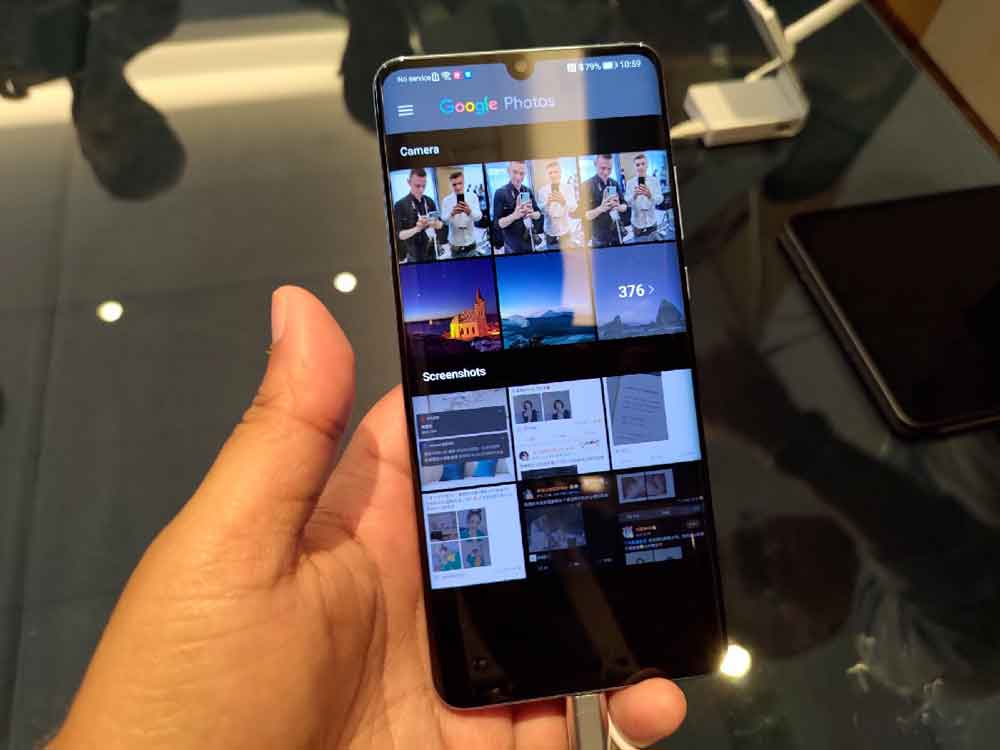
What You’ll Need to Resolve This
Here are some of the quick fixes to stop Google Photos from automatically uploading screenshots.
1. Auto File Transfer App
This app basically helps you to move the screenshots instantly away from the source folder “DCIM.” For instance, if you take a screenshot, the screenshot will be first saved in the directory android/storage/emulated/0/DCIM/screenshots. After it’s is saved there, this app will move it completely to a target location that you’ll assign while setting up. Thus preventing your screenshots from dropping with the camera captures.
[googleplay url=”https://play.google.com/store/apps/details?id=net.noople.autotransfer.lite&hl=en_US”]
2. File Manager App
This app is to make a new file that will work with the functions of the first app. With this, you’ll create an empty file in the folder android/storage/emulated/0/DCIM/screenshots. This will tell Google that the screenshot folder is empty, so in case the first app goes choppy and somehow doesn’t work, this app comes into play and reminds the backup process that the android/storage/emulated/0/DCIM/screenshots folder is empty and doesn’t have to be backed up.
https://play.google.com/store/apps/details?id=com.simplemobiletools.filemanager
Steps for Preventing the Issue
- Download the Auto File Transfer App and File Manager App
- Open Auto File Transfer app and allow permission to whatever it may ask
- Click the plus button on the top right side of the app
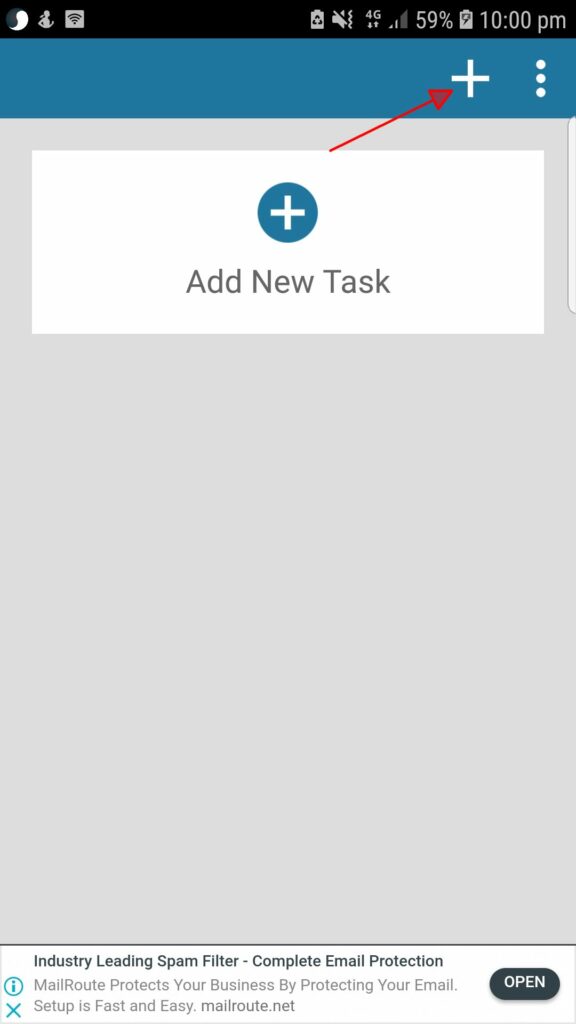
- Assign a name of your choice for the task in the “Name:” section
- Choose the source/current folder of your screenshots. In our case, it would be android/storage/emulated/0/DCIM/screenshots.
- Choose the target folder for the screenshots. This is the new folder away from android/storage/emulated/0/DCIM/screenshots so that Google won’t automatically backup screenshots with the camera captures.
- Leave the “Option” and “Advance” sections as it is
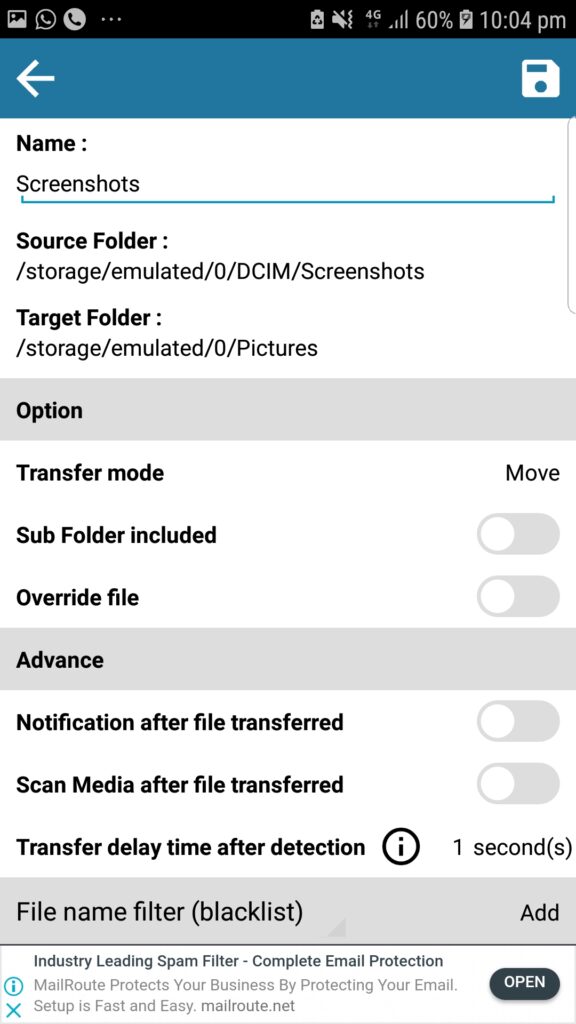
- Tap the “Add” button for “File name filter” section
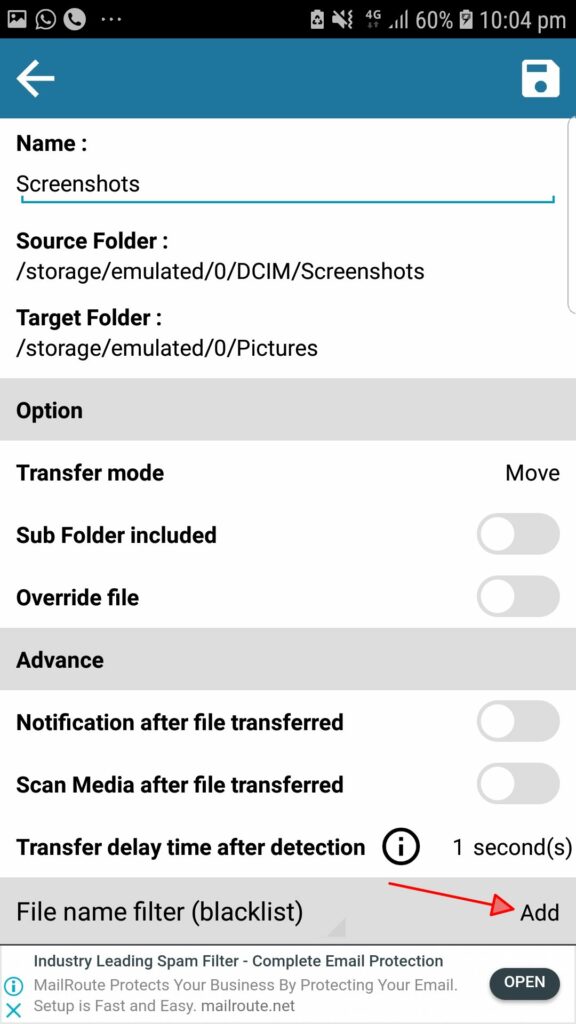
- Click on the drop-down menu
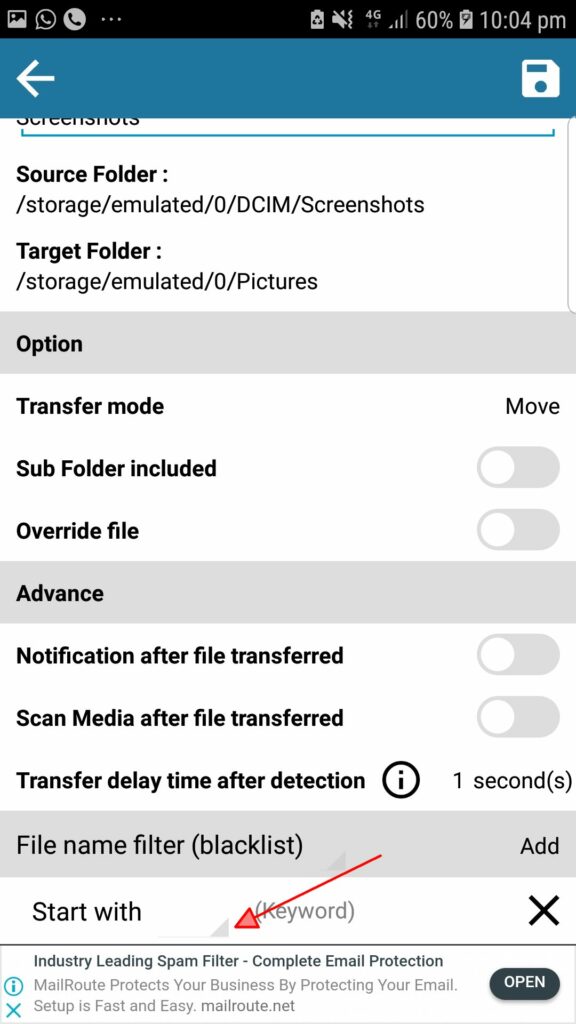
- From the popup box, choose the “End with” option.
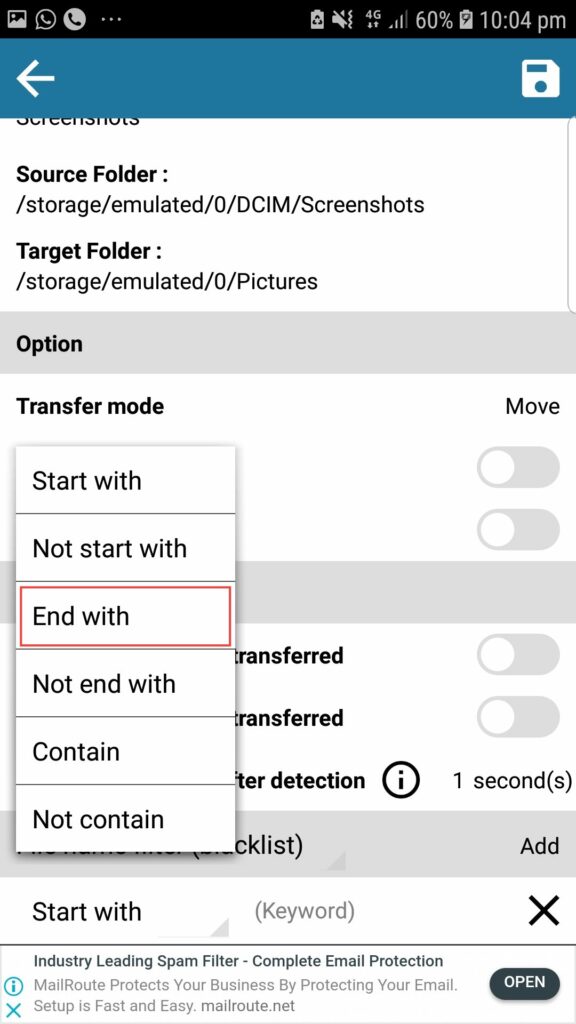
- Now besides that, you’ll see a “Keyword” section. Click on it and add the keyword “.nomedia” (without double quotes).
- Click on the save icon at the top right corner of the page.
- Next, open the File Manager app
- Navigate to your source file, i.e., android/storage/emulated/0/DCIM/screenshots in our case.
- In this folder, create a new file named “.nomedia” (without double quotes) using the plus button at the bottom left corner of the page.
- Click OK, and now you’re good to go with.
The Drawbacks
- Some devices feature a shotted screenshot to be able to quickly edit on. For instance, when a screenshot is captured, there will be popups asking you to edit or share the picture. With the above measures taken, this might be impossible as the purpose of those applications will process in the background that affects the screenshot taken. So you won’t be able to quickly edit or share them.
- The Auto File Transfer app has to always function in the background. Since it is uncertain when a screenshot will be taken, it is necessary for the app to run in the background. These applicable will, however, at some point, cease to work and will be frozen. This could be due to too many apps running in the background, restarting the device, etc. In such cases, just open the application and exit to make it work.
This is, to date, the most effective solution for the issue mentioned above. Successfully following the guide will prevent the problem, but make sure you keep an out for the Auto File Transfer app as it might stop working sometimes. So it is advisable to open and exit the app occasionally. This is a simple process to follow up on and is the only workaround to our present situation until otherwise, Google looks into the matter and serves its users with a solution.
